The automotive industry is witnessing a fierce battle between two distinct hybrid technologies, represented by the BYD Qin PLUS DM-i and the Toyota Corolla Hybrid. As global demand for fuel-efficient vehicles grows, these two models have emerged as frontrunners, each showcasing fundamentally different approaches to hybrid powertrain design.
BYD's DM-i system represents a bold Chinese challenge to traditional hybrid paradigms. The plug-in hybrid system prioritizes electric driving with its large battery capacity (18.32 kWh in the 120km range version) and powerful electric motor (197 hp). Unlike conventional hybrids that focus on optimizing internal combustion, the DM-i system operates primarily as an electric vehicle for daily commuting, with the gasoline engine serving mainly as a range extender. This architecture allows for impressive electric-only ranges of 55-120 km, making it eligible for China's new energy vehicle subsidies and license plate privileges.
Toyota's Hybrid Synergy Drive, perfected over 25 years in models like the Corolla Hybrid, takes a fundamentally different approach. The system combines a 1.8L Atkinson-cycle engine with two motor-generators and a planetary gearset, creating a seamless blend of power sources. Without plug-in capability, the Corolla Hybrid focuses on optimizing every drop of fuel, achieving remarkable efficiency through meticulous energy management rather than large battery capacity. Its nickel-metal hydride battery (merely 1.3 kWh) serves as an energy buffer rather than a primary power source.
The driving experience reveals stark contrasts between these philosophies. The Qin PLUS DM-i delivers strong electric torque immediately, providing EV-like acceleration (0-100 km/h in 7.3 seconds for the premium version). Its larger battery enables sustained electric performance until the state of charge drops significantly. The Corolla Hybrid, while slower in acceleration (0-100 km/h in about 11 seconds), demonstrates Toyota's mastery of smooth power transitions. Drivers often report not noticing when the system switches between power sources.
Energy efficiency metrics tell an interesting story. The Qin PLUS DM-i boasts a combined fuel consumption of 1.58L/100km under China's testing standards (NEDC), but real-world figures vary dramatically depending on charging habits. Frequent charging yields exceptional efficiency, while running solely as a hybrid typically results in 4-5L/100km. The Corolla Hybrid consistently delivers 4-4.5L/100km in mixed driving without any charging required, demonstrating the system's optimized thermal efficiency (40% for Toyota's engine versus 43% for BYD's specialized hybrid engine).
Cost considerations reveal another dimension to this competition. In the Chinese market, the Qin PLUS DM-i starts around 110,000 yuan ($15,200) after subsidies - significantly undercutting the Corolla Hybrid's 136,800 yuan ($18,900) starting price. This price advantage, combined with China's NEV policies, has propelled BYD's sales. However, Toyota counters with proven reliability - many Corolla Hybrid taxis exceed 500,000 km with minimal powertrain issues, a track record BYD's newer technology hasn't yet matched.
Charging infrastructure plays a crucial role in the DM-i's value proposition. Owners with home charging can maximize the system's advantages, potentially completing daily commutes without using gasoline. The Corolla Hybrid requires no infrastructure investment, appealing to buyers without charging access. This distinction highlights how regional factors influence which technology succeeds - urban Chinese buyers with charging access favor PHEVs like the DM-i, while global markets with less infrastructure often prefer conventional hybrids.
Environmental impacts extend beyond tailpipe emissions. The DM-i's larger lithium iron phosphate (LFP) battery carries higher production emissions, though BYD emphasizes its battery recycling programs. Toyota's smaller battery requires fewer resources but relies more on the internal combustion engine. Lifecycle analyses suggest the DM-i shows lower emissions in scenarios with frequent charging, while the Corolla Hybrid performs better when charging is infrequent or electricity generation is carbon-intensive.
Technological evolution continues on both sides. BYD has introduced dual-mode (DM-p) versions for performance-oriented buyers, while refining the DM-i system's efficiency. Toyota has gradually increased battery capacity in newer hybrids and plans more PHEVs, suggesting some convergence between the approaches. The fifth-generation Hybrid Synergy Drive, announced for 2023 models, reduces size and weight while improving efficiency.
Market responses have been dramatic. In China, the Qin PLUS DM-i has outsold the Corolla Hybrid by significant margins, demonstrating local consumers' preference for plug-in capabilities. Globally, Toyota maintains hybrid dominance, with over 20 million hybrids sold worldwide. This divergence highlights how policy environments shape technology adoption - China's NEV mandates favor PHEVs, while markets without such policies see stronger conventional hybrid sales.
Service and maintenance present another contrast. The Corolla Hybrid's simpler system (no charging components, smaller battery) typically shows lower long-term maintenance costs. BYD's advantage includes longer warranty periods (6 years/150,000 km for the whole vehicle vs Toyota's 3 years/100,000 km), reflecting Chinese automakers' strategy to overcome reliability concerns through generous coverage.
As the automotive world transitions toward electrification, this competition represents more than corporate rivalry - it embodies different visions for the hybrid's role. BYD sees PHEVs as stepping stones to full electrification, while Toyota views hybrids as long-term solutions for markets transitioning slowly. Both approaches have merit depending on regional infrastructure, policies, and consumer behavior, ensuring this technology duel will continue evolving in fascinating ways.
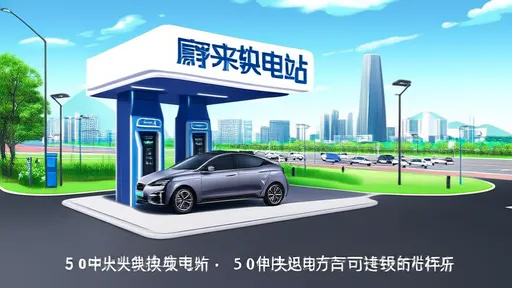
By /Jun 14, 2025

By /Jun 14, 2025
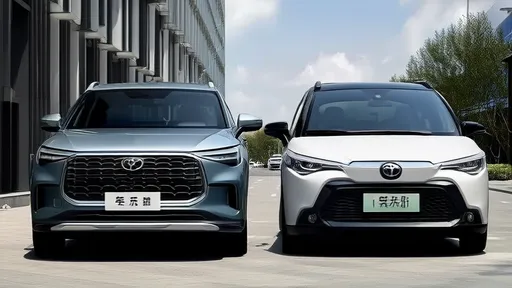
By /Jun 14, 2025
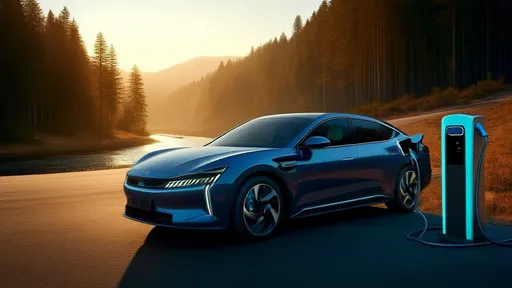
By /Jun 14, 2025

By /Jun 14, 2025
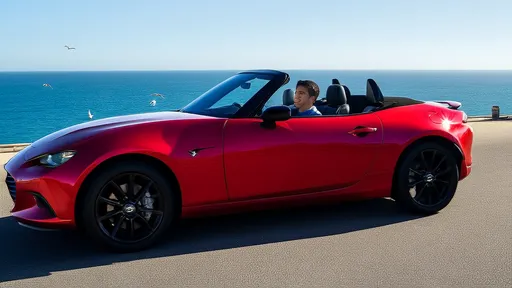
By /Jun 14, 2025
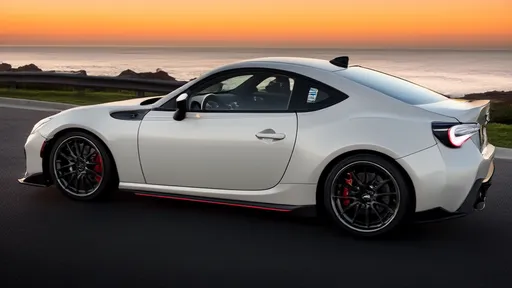
By /Jun 14, 2025

By /Jun 14, 2025
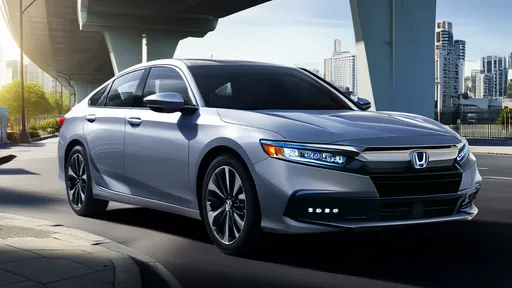
By /Jun 14, 2025
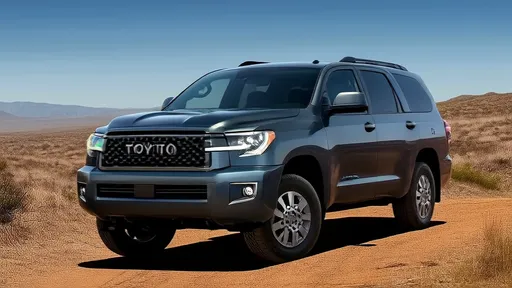
By /Jun 14, 2025
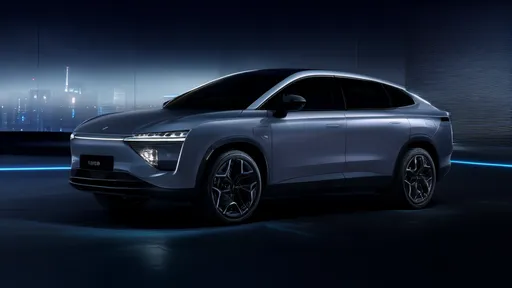
By /Jun 14, 2025
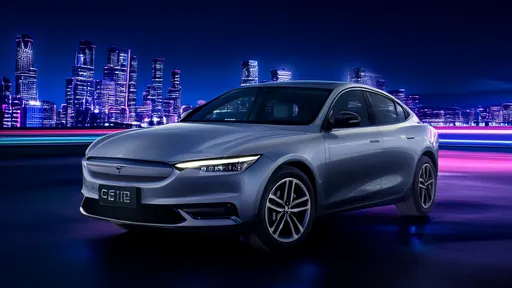
By /Jun 14, 2025
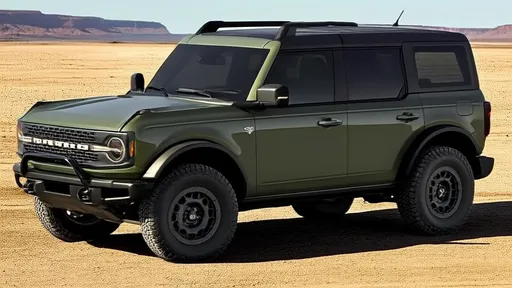
By /Jun 14, 2025
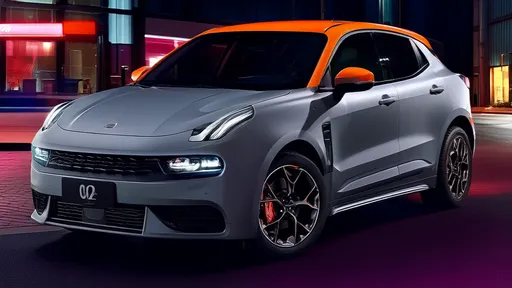
By /Jun 14, 2025
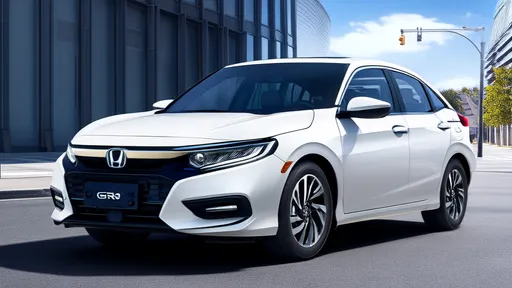
By /Jun 14, 2025
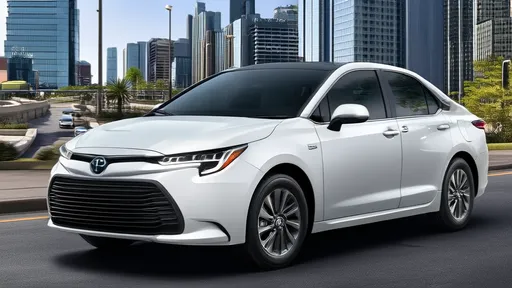
By /Jun 14, 2025
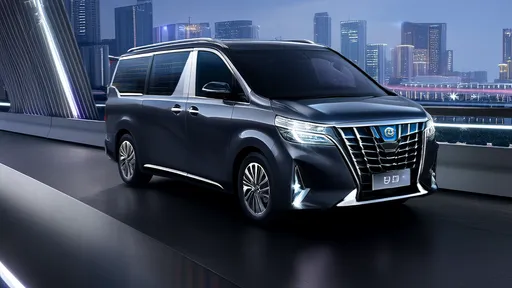
By /Jun 14, 2025
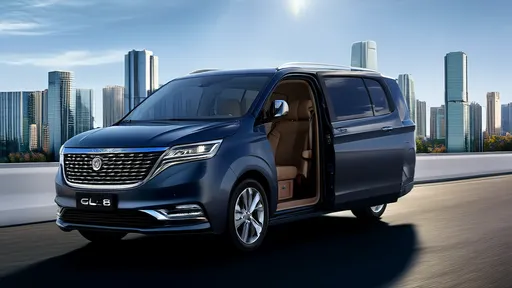
By /Jun 14, 2025
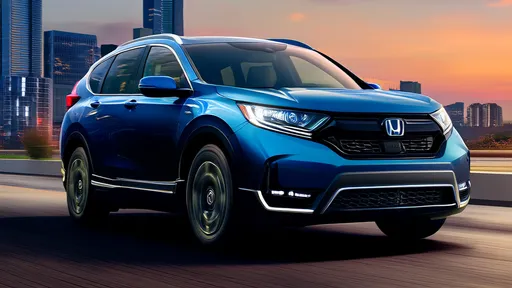
By /Jun 14, 2025
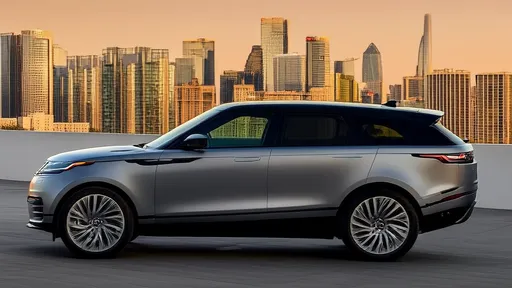
By /Jun 14, 2025